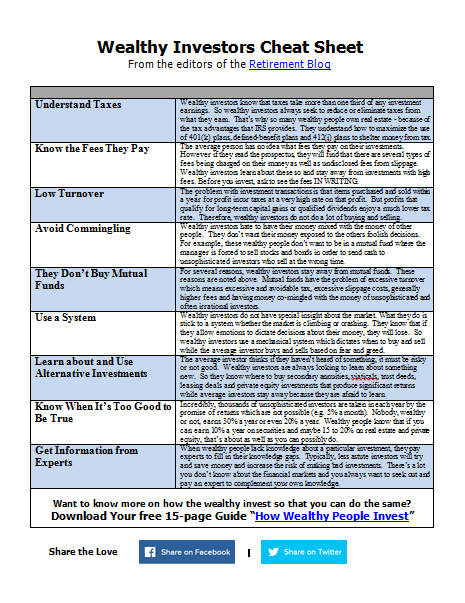There is no shortage of opinions on the stock market direction. Just watch CNBC for an hour or look at the financial section of yahoo.com or head over to CNBC.com. If you don't like those sources, select any source of financial news to find people who say that the stock market direction is up while others say that the trend is down.
I'd like to explain why these opinions on stock market direction conflict and how you can be a smarter investor. Notice that every opinion you hear is focused on one variable.</p.
Why Experts Opinions Differ on Stock Market Direction
For example, one expert says the stock market direction is up because the economy is strong. Another expert says the market is headed up because interest rates are low. Another expert says the market is headed down because other countries are reducing their currency value making it harder for the US to export. Yet another expert says that the stock market direction follows the value of the euro.
Today, I see these headlines (among dozens of similar predictions) on CNBC.com
One page "invest like the rich" cheat sheet provides short explanations of how the rich investment differently. You don't need to be rich to copy what they do. Download now.


Two "experts" - one says up, the other says down. Each focuses on one variable to buttress their position.
From now on, listen more acutely to these opinions of stock market direction and notice that they are all based on one factor driving the stock market. Do you believe that only one factor drives our stock market? Or, do you believe that there are hundreds if not thousands of variables which impact our stock market?
If you believe there are a multitude of variables which impact stock market direction, then you cannot listen to human opinions. Us humans are very deficient in processing lots of data. Our brains are designed to seek out simple cause-and-effect. We like the simplicity of knowing that this causes that.
Unfortunately, the complexity of the world exceeds our human ability to process the variables. And therefore it's my opinion to ignore all forecasts for the economy or the market.
The Solution to Varying Expert Opinions
The alternative is to use a mechanical method, more fancifully called quantitative method, to know when to buy and sell in our market.
These methods can be complex and require detailed chart following, knowledge of technical patterns and an education in technical analysis. But these methods can also be very simple.
For years, as a financial advisor, I use the Dow Dividend Strategy for my retired clients. This is a simple mechanical system that dictates what stocks to buy, what stocks to sell and only requires that you make trades once per year. This system has done better than the market.

(c) Can Stock Photo
If you want to see other mechanical systems for investing you can look at systems tracked by the Motley Fool (although I don't believe they keep this up to date) and by the American Association of Individual Investors. These are all systems which take away human emotion, fixation on one variable and allow you to have the comfort of simply following directions.
A mechanical system will not always beat the market so the investor must have sufficient emotional maturity to follow the system even when it's lagging.
For example, I recall when using the Dow Dividend Strategy, Philip Morris was one of the stocks to select. At the time, the news about tobacco companies was terrible. Any sane person listening to the news would think all the tobacco companies would go bankrupt. To follow a system, one must ignore what's in the news, what some expert says or your own opinions.
I purchased Philip Morris in my clients' portfolios as dictated by the system and the shares tripled in price over the next four years. The system won't always be so right, but a logical system with a track record of performance will be a great tool for any investor. Even a mediocre performance, will likely do much better than investments made based on opinion or fixation on one variable.
Moreover, when markets are gyrating and opinions are flying, you can have peace of mind knowing you have a system to follow.

Leave a Reply